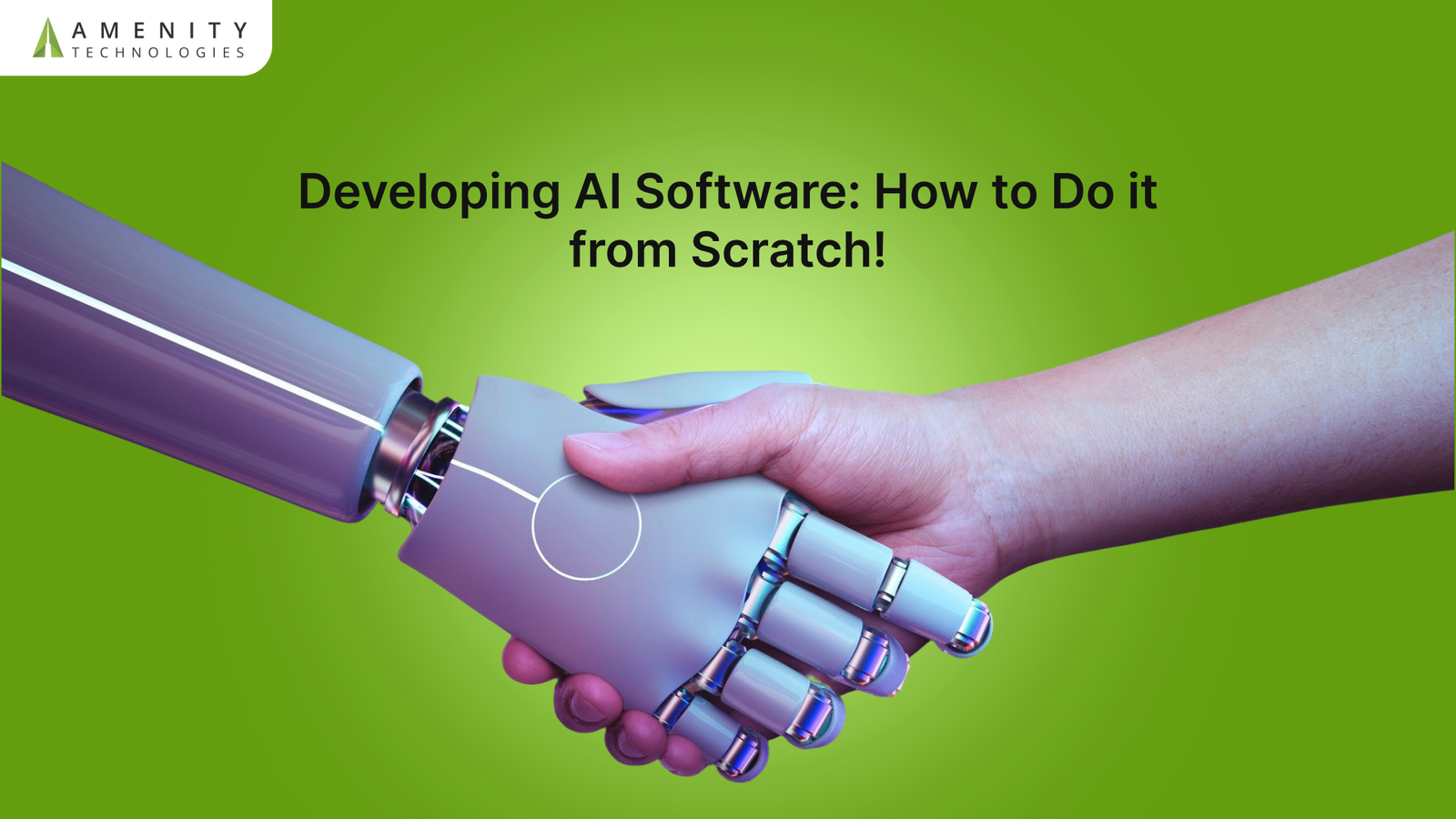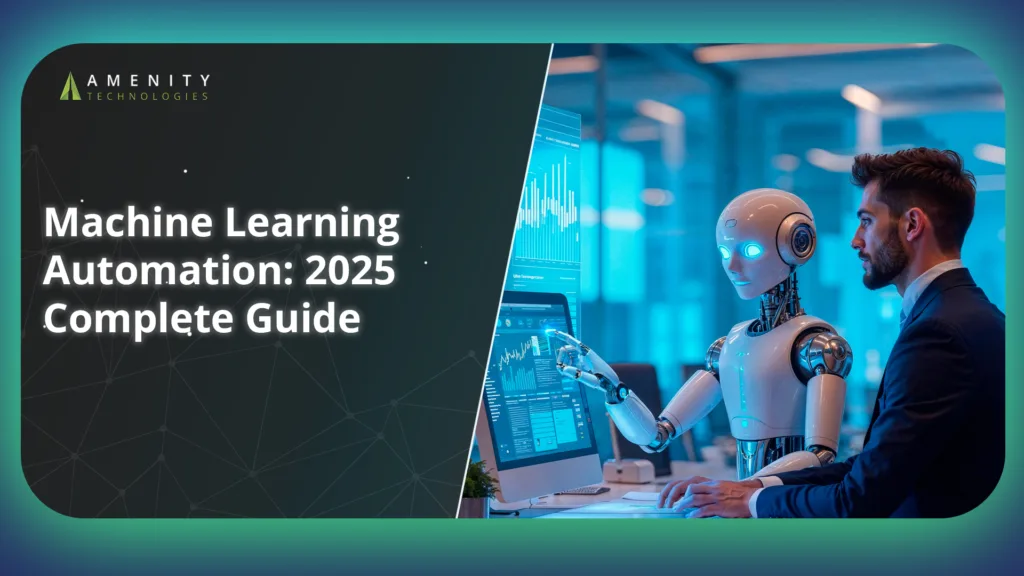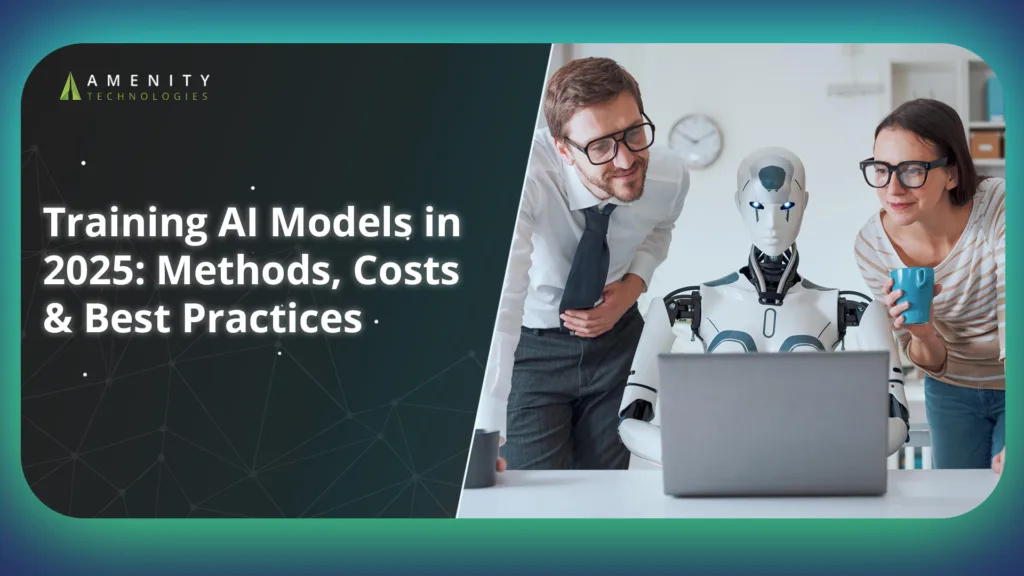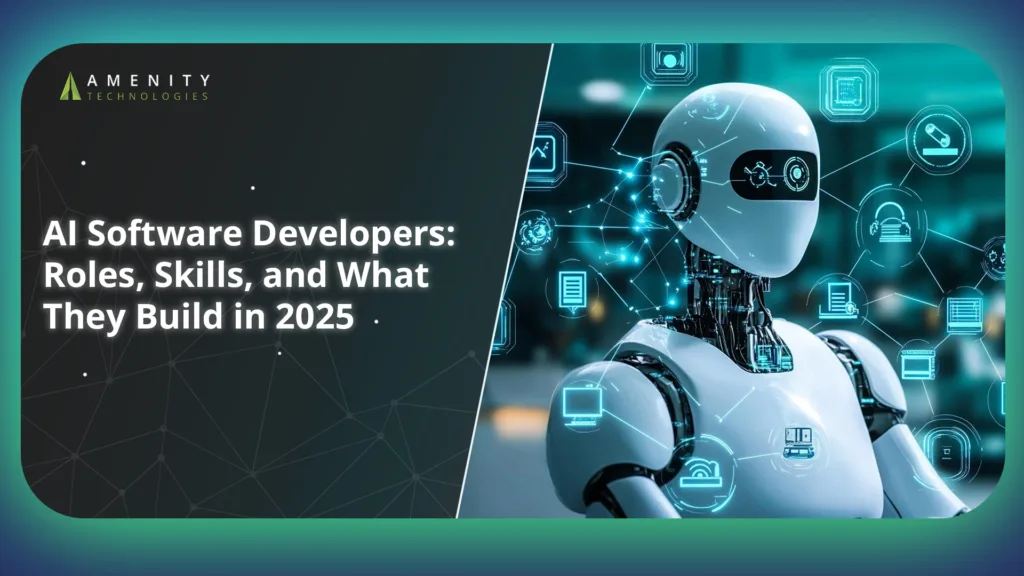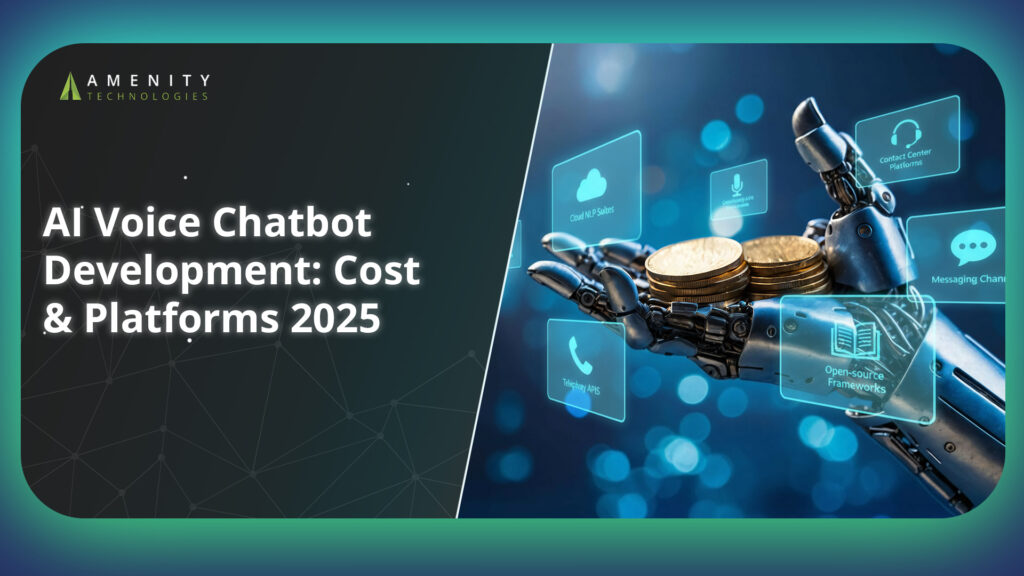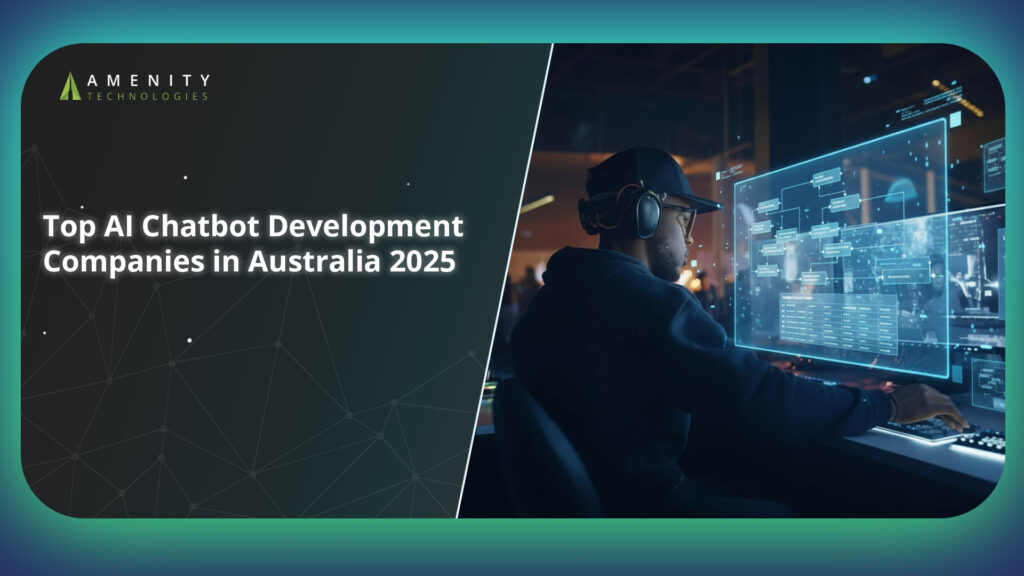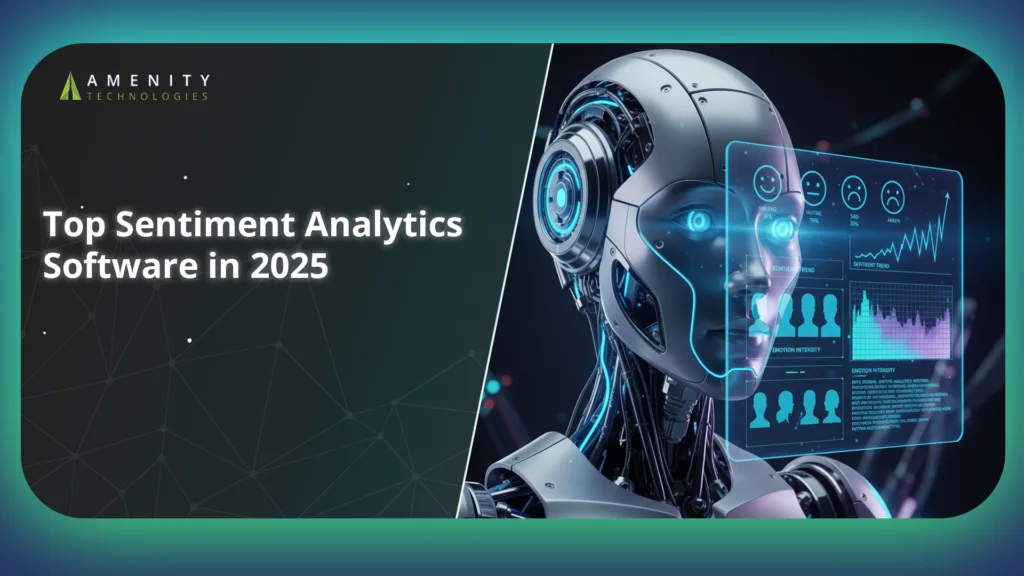Want to develop AI software from scratch but unsure where to begin? Wondering how to turn raw data into a functioning AI-powered software development system that actually delivers results?
Developing AI software from scratch in 2025 has become more accessible thanks to a range of available tools, open-source models, and AI-powered software development assistants. The challenge lies less in writing code and more in understanding each step of the process—from identifying the problem to deploying a reliable system.
So, this guide covers essential phases: data collection, model choice, training, deployment, and maintenance. Whether you are starting a new project or improving existing software, these insights focus on real actions that drive success in building AI apps.
1. Define the Problem and Scope
Every successful AI software development project starts with a clear problem definition. Skipping this step often leads to building models that look impressive but fail in production. Before collecting data or selecting tools, focus on the “why” behind the project. Who benefits? What decisions or actions should the system support? This section lays the groundwork for building AI apps that actually solve real problems—not just process data.
Understand Business Objectives
Start by clarifying who benefits from the developing AI software project and what specific actions the AI should enable. Define measurable success metrics like accuracy, response time, or cost reduction. Clear objectives help keep the development focused and aligned with business goals. Without this clarity, projects risk wasting resources on unnecessary features or missing the mark on delivering real value.
Frame a Use‑Case with Value
Focus on use cases where AI-powered software development can show quick, measurable gains. Examples include chatbot automation to improve customer support or image recognition for quality control. Choose problems with clear data availability and well-defined outputs. This approach ensures faster validation and proof of concept for your AI software.
2. Data Planning and Collection
No AI software can perform well without solid data behind it. Before choosing a model or writing a single line of code, you need a strategy for collecting, organizing, and securing the data your system will learn from. Poor data leads to poor predictions, regardless of the algorithm. This section focuses on building a reliable foundation through data collection and pipeline design, which directly affects model quality and deployment readiness.
Keep Quality Over Quantity
Focus on getting the right data and not just more of it. Clean, well-labeled datasets that reflect your use case will outperform massive but noisy sets. Prioritize variety within the data to avoid bias, and keep relevance high to make your model generalize better. For tasks like natural language processing or reinforcement learning, context-rich, human-reviewed input will save time during training and tuning.
Setup Data Pipeline
Create a repeatable data pipeline using standard ETL tools. Include version control for datasets, structured annotation workflows, and secure storage practices. Ethical handling matters, especially with personal or regulated data. Be sure to include checks for bias, outliers, and duplication. A strong pipeline keeps your training consistent and supports faster iteration as your AI software improves.
3. Choose Model Architecture and Tools
Once your data is ready, it’s time to decide how the system will learn from it. Choosing the right AI architecture and tools directly affects performance, development speed, and long-term maintainability. Whether you’re using pre-trained models or building from scratch, this step shapes how your AI software will function in the real world. You’ll also determine which frameworks best support your goals, from research to deployment.
Pre-trained vs Custom Models
Pre-trained models reduce time-to-value, especially for standard tasks like text classification or object detection. But when your problem is unique or requires specialized outputs, building custom neural networks may perform better. Start with off-the-shelf models for quick validation, then assess performance gaps. Fine-tuning lets you adapt general models to your use case without full retraining, saving compute resources and development time.
Leverage Open-Source AI Frameworks
Use platforms like PyTorch, TensorFlow, and Hugging Face to build and test your models. These tools offer pre-built components, active community support, and compatibility with major deployment stacks. Choosing the right framework also helps with integration, versioning, and reuse across projects. Open-source ecosystems accelerate AI-powered software development by removing friction during experimentation and production deployment.
4. Model Training & Validation
After selecting the architecture and tools, the next step is training your model. This phase turns raw data into intelligent behavior. It’s where algorithms learn patterns, optimize predictions, and adjust based on feedback. But effective model training also requires rigorous validation. Without it, your AI software risks overfitting, bias, or unexpected failure in production. This section covers how to train efficiently and test reliably.
Select the Training Techniques
Use techniques like fine-tuning, reinforcement learning, or knowledge distillation to improve performance without overloading compute resources. Fine-tuning works well for adapting existing models with your domain-specific data. Reinforcement methods help in systems requiring decision-making, such as recommendation engines or robotics. For low-latency environments, distillation reduces model size while maintaining accuracy. Efficient training leads to faster iterations and more scalable AI-powered software development.
Evaluate & Conduct Ethical Checks
Validation goes beyond accuracy scores. Test for fairness, bias, and generalization. Include unit tests, edge-case analysis, and adversarial input simulations. Ethical AI is important because it helps in reviewing how your model impacts users, especially in sensitive applications. Use explainability tools and human-in-the-loop evaluations to ensure outputs align with intended behavior. Reliable validation makes your AI software ready for deployment, not just demos.
5. Implement MLOps and CI/CD
Training a model is only one part of the process. Maintaining performance over time requires automation, version control, and monitoring. That’s where MLOps comes in. It applies DevOps principles to machine learning—streamlining how models move from development to production. CI/CD ensures updates are tested and deployed consistently. Together, they reduce downtime, simplify audits, and support long-term success in developing AI software.
Continuous Integration and Versioning
Set up automated pipelines for data preprocessing, model training, and testing. Use tools like MLflow, DVC, or TFX to track experiments, manage artifacts, and tag versions. Every model version should be reproducible, auditable, and linked to the code and data used to create it. Strong CI/CD practices help scale your AI-powered software development without increasing technical debt or compromising quality.
Monitoring and Drift Management
Deploying a model doesn’t mean the work is done. Monitor performance over time to catch accuracy drops, latency spikes, or unexpected behavior. Track data drift—subtle changes in input distributions that degrade predictions. Use tools like Evidently AI or WhyLabs to set alerts and visualize trends. Retraining with updated data ensures your AI apps stay relevant and effective in changing environments.
6. Use AI Coding Tools & Vibe Coding
Developers now have access to tools that streamline coding tasks using machine learning. These tools accelerate AI-powered software development by suggesting code, generating tests, and fixing common errors. When used effectively, they reduce development time and help maintain consistency across projects. But relying too much on automation can lead to weak logic or security issues. This section explains how to use coding assistants and vibe coding without losing control.
AI‑Powered Software Development Assistants
Tools like GitHub Copilot, Claude Code, and Windsurf’s vibe coding engine generate boilerplate, recommend functions, and even refactor code. These assistants work well for repetitive tasks, prototype scaffolding, and syntax fixes. Use them to increase speed—especially during early development. Keep track of suggestions that become part of production to ensure they meet your standards for performance, readability, and maintainability in your AI software projects.
Balancing AI Assistance and Human Oversight
AI tools can improve efficiency, but developers must stay in control. Review generated code for logic errors, hidden dependencies, and security flaws. Verify that suggestions align with system architecture and data requirements. Treat these tools as productivity aids—not final decision-makers. Human oversight ensures that building AI apps leads to clean, secure, and optimized results.
7. Deploying Your AI Software
Once your model is trained and validated, it’s time to ship. Deployment determines how users interact with your AI software, whether through APIs, apps, or embedded systems. Choosing the right deployment method affects latency, privacy, cost, and maintainability. You also need to address governance, compliance, and infrastructure decisions. This section helps you make those choices with clarity and control.
Cloud vs Edge Deployment
For most AI-powered software development projects, cloud deployment offers speed, scalability, and simplified maintenance. It’s ideal for applications needing large compute resources or central data access. In contrast, edge AI runs on-device, offering low latency and better privacy. It’s useful for robotics, mobile apps, and IoT systems. Choose based on your system’s constraints—real-time processing, data sensitivity, and available infrastructure all influence the right approach.
Security, Compliance, and Governance
Deploying AI systems brings risks. Secure all endpoints, encrypt sensitive data, and anonymize personal identifiers. Build your deployment pipeline with compliance in mind—whether that’s GDPR, HIPAA, or internal policies. Use tools like policy enforcement frameworks and access controls. Responsible AI software development means every part of the system, from input to prediction, must meet legal and operational standards.
How Amenity Technologies Can Help with AI Powered Software Development?
Building reliable AI software requires more than just technical skill. It demands clarity in scoping, the right architecture choices, and the ability to maintain performance in production. At Amenity Technologies, we provide full-cycle support for teams developing AI from scratch or upgrading existing systems.
We help you:
- Define use cases and align them with business KPIs
- Build or fine-tune models, including LLM integration
- Design complete MLOps pipelines, including CI/CD, version tracking, retraining
- Deploy models to cloud, edge AI, or hybrid environments
- Integrate AI into your web or mobile product stack
- Monitor model performance, manage model drift, and stay compliant
Our team bridges full-stack engineering with applied machine learning. We build and ensure your AI-powered software development delivers measurable outcomes.
Conclusion
Building AI software from scratch in 2025 means more than just getting a model to work—it’s about setting up the right systems so it keeps working under real-world pressure. You need clear goals, clean data collection, smart model choices, and a structured process for testing and deploying. Add in versioning, monitoring, and responsible design, and you’ve got a pipeline that scales.
With the right tools and a sharp development process, your team can deliver reliable, efficient AI-powered software that solves real problems. Amenity Technologies is here to support you with the technical depth and process expertise to move your ideas into production.
FAQs
1. How much data do I need to start training an AI model?
You can start with around 1,000 labeled examples for simpler tasks like classification. More complex models or AI apps with deep learning usually need larger, more diverse datasets. Start small, validate results, and expand as needed.
2. Can non-developers build AI software using vibe coding?
Yes, but the output still needs review. Vibe coding tools help with structure and syntax, but a developer must handle system design, security, and performance.
3. What’s MLOps and why is it important?
MLOps applies DevOps to machine learning. It helps you automate deployment, track experiments, manage model training, and monitor results, keeping your AI software consistent and scalable.
4. Should I deploy AI to the cloud or edge first?
Use cloud if you need scalability and central data processing. Choose edge AI for lower latency, privacy, or when internet access is limited. Your use case and infrastructure decide the best fit.
5. How long does it take to build AI software from scratch?
An MVP using pre-trained models can take 8–12 weeks. A full-featured AI-powered software development process with custom models, pipelines, and monitoring typically takes 16–24 weeks.


